“Perhaps the immobility of the things that surround us is forced upon them by our conviction that they are themselves, and not anything else, and by the immobility of our conceptions of them.”
Marcel Proust
(Read and download the full interview in original language – Italian)
(Discover the Limited Edition Prints of Matteo Cremonesi)
–
Giangiacomo Cirla: Your practice has a monolithic character, looking at the titles of your works you see a list of objects, the subject of your inquiry is the everyday object, something that is usually overlooked, not relevant and common…
Matteo Cremonesi: Yes, in many ways my work can be understood as a collection of normal objects. In my works there is never much to see, the images I realize do not immortalize any event, they do not stop any act, they do not participate in any story, they only show interest and attention to what we constantly see. A careful observation of things which are quotidian, constantly present, nearby, already known.
GC: How do you choose the subjects of your work?
MC: I work with subjects I find or meet on my way, something which strikes me. There is not a real search, but rather an attention and some meetings .. I prefer working on something which I have the opportunity to familiarize myself with, to go often to know the parts by heart. In order to deepen this knowledge, I usually make some drawings before photographing, before I start working on something, I spend some time simply looking at it.
GC: Your subjects seem similar, they have some characteristics that recur, a particular formal tendency…
MC: What I find interesting in an object is its ability to embody a general and objective identity of aesthetics in the contemporary culture. Aesthetic indifference, the taste for anonymity and seriality, the “mobility” of the objects that we can find in different environments are characteristics that are interesting to me and they concern both the field of private, intimate experiences, than the techno-capitalist universalization which, following the processes of globalization, has uniformed and disciplined the aesthetic experiences, imposing the need for a reasoning on the problem of ethical and political subjectivity in the contemporary culture.
GC: Do you remember what has led you to look at this type of subject?
MC: Simply their normality. Their extreme tiredness. The way in which they become bearers of an increasingly universal aesthetic “dress”. Recognizable.
GC: There is no narrative in your photographic series, though the presence of the observation time appears to be dominant. The time expands, it extends image after image, a repetition that penetrates the observational intervals. On many occasions you referred to a “use” of boredom, can you tell me something about this relationship with time and its connection with observation?
MC: I’m not interested in a relationship with the narration in which I think there is something “stupid” that oppresses the images and the experience of these, bringing them to a function from which I want to be released. Boredom is a form of stalemate by which I can free myself from this possibility. The boredom I talk about is a daily practice everyone has experienced. Any activity that becomes so boring to give us back another perception of time. The forms, the arguments, the impressions are repeatedly resembling more and more to lose meaning. From this fall of every kind of narrative, from this disappointment – exclusion of every event, begins an observational process which finds its fulcrum in the simple ascertainment and the recording of reality and in this impossibility of word, of telling, a form of breathing.
GC: This talk about boredom seems to indicate an existential reflection…
MC: Absolutely, boredom is the most familiar experience for me, the boredom of anything, any activity, any encounter. This almost decadent experience has always accompanied me. I do many things, but any activity or purpose that at the beginning is dominated by a profound enthusiasm which makes me believe that I have finally found something extraordinary which my happiness can depend on, the next day is already ill, spoiled … it’s boring. Facing every new instance I say to myself that I’m starting something completely different and then … this disappointment which affects me has ended up by describing me.
GC: In your photographic series you are witnessing of an exertion circuit that often brings the subject to an exhaustion feeling, the look repeatedly focused on a part of the surface creates a sort of suspension, a kind of break.
MC: What I’m interested in is trying to cause some sort of exhaustion of the spectator’s eyesight. The continuous, repeated request of attention to something very simple and well-known, I think, can create in the observer a sort of silence or break to start another listening to the surrounding.
GC: In your works, there is almost never the chance to see the subject in its entirety. Each part, every defect, shadow or trace of the surface is carefully registered. In this paradox of the gaze, that shows and at the same time hides, there is a sense of oscillation between the erotic and the emphasized clinic of the sustained repetition of the various parts.
MC: I am very interested in how the image is removed and isolated from its initial referrer following the simple act of selection. The leap that is imposed by inserting something in the visual frame and excluding something else makes the attention to a subject almost secret, intimate. A small piece of image taken away.
GC: A time request?
GC: Your last photographic work seems to wait for a sort of disappearance, the objective nature of the subject is as invested by a promise. In some of your series, such as “Sculpture / Printer – Office”, you tend to lose the subject by blurring, while in “Normal”, although recognizable, the subject is hit by a dark light that pushes it to the background, as if the subject, at least, was navigating to a disappearance.
MC: I wanted to photograph the shapes. Push the shot up to its limit to record the impression of the subject a moment before losing it. It’s something that has to do with vision, its staying in memory. This desire is affected by the influence of Morandi’s works, a certain possibility of not defining precisely the subject as it has already been known. At the same time I want to work on very specific objects, very precise circumstances.
GC: In your work, neutral, flat colors prevail, color is like not present, what relationship do you have with it?
MC: I think I’ve always been interested in finding a variety of grades in the same tone rather than looking for the relationship between two colors. I suppose we should talk about how light is investing and moving on a surface by revealing it. Searching the right light, the right time of the day, the right way to feel the subject is something that took me lots of time. Rather than revealing something about the subject, it is about opening it to the sensation, bringing its interlocutor into the listening of the form. That is why there is a need to try different recordings at different times and with different goals, in order to let the subject to reveal itself over time, taking its time.
GC: In the “NORMAL” series, there is something nocturnal, almost as if the entire visual experience comes from the shadow. That bit of light surrounds the subject, describing its presence in an adhesion to the same background.
MC: It’s actually a night job. Described in a contributing shadow, better suited to losing forms, guarding a secret perception of things, than to propose a subject.
GC: The nocturnal feature of these images makes me think of your complex relationship with the night because of the insomnia, do you think that this has influenced your way of perceiving the surrounding?
MC: Undoubtedly yes. Insomnia is a significant experience, partly “tragic” partly “curious”. Something that influences and directs the knowledge you have of things. Insomnia keeps you away from everything by excluding you from a wholly active participation in the world. Usually you go to bed at night and the next morning you wake up and begin your day. Sleep is a time-territory where the individual rebuilds, pauses. In this space it is subtracted and reconciled to the world. Insomnia implies a lack of suspense, at 6, 8 o’clock in the morning you are exactly the same way as you were at 11 o’clock in the evening, there is no difference. There is only an infinite night dominated by gray and blue tones, in which reality is shown for what it is. The shapes, the surfaces, are far from the daylight’s actions. Everything is captured by a immobility shaded just by time. A knowledge of things without noise, narratives, begins. The reasons and the sense that during the day perceive the perception of things fall down, leaving only the shapes and their shadow. The always imperfect silence becomes full, it is felt physically as in a friction, time assumes another dimension, stretching slowly. Every single minute concretizes itself in a physical, sculptural, immobile, tangible reality. Nothing goes forward. It stays for hours there, held by a listening of the world when we are in the perception of being completely alone in front of a emptied universe.
GC: A biographic aspect…
MC: I believe every work should be also a confession.
GC: How did you develop your language?
MC: For attempts, trying to find out little by little, giving me time.
GC: When you are in front of a subject, do you already have an idea of how the work will be finished?
MC: I have a whole picture of what I want to do, but during the work, image, experience change shape and the work might evolve unexpectedly.
GC: So do you start with a general idea that you define by working on it?
MC: Yes, exactly, doing an experience.
GC: And yet there is something extremely ordered in your work…
MC: There is an attempt to put some order into the chaos of the impression. It is a sensible reasoning on this. Much of the order you are referring to I believe is also given by the subject.
GC: Why do you want to check this out?
MC: I guess it’s a way to orient yourself. Images are created during a relationship with the subject itself. Impressions are radicalized without even noticing it. This observation time, this being with things without acting is very important. When I take the camera, the memory of these meetings, of these impressions emerges, but in order to become a work is not enough, the images need to be “ordered”, otherwise they would not be anything.
GC: What do you do in front of the subject? How do you behave?
MC: I prefer to leave space to the interaction. Let these meetings with the subject to suggest me the most appropriate behavior. It is in effect a relationship. I think the pictures I want to realize need to have something in common each other. Checking this aspect is difficult, photography has a kind of ease, the images change constantly and to do the job you need to be abandoned to these possibilities as much as to the control over them, you need your instinct to understand what way to face every single aspect, every single possibility. It’s something that happens by continuing working. If I let myself to be suggested does not mean that I have no idea of what I want to get, it’s just that at the beginning I do not know how to get it. The technique can help you out just till a certain point.
GC: What are you looking for?
MC: I hope to represent the hidden nature of the object I am watching, its listening, its meeting, what we might call its impression, rather than making a “portrait” in the literal sense of the word. It makes no sense to produce an image that does not have a similarity but an image that is just similar does not interest me. You have to make sure that the subject is transformed into the image of something familiar, recognizable, without producing an illustration, it’s a real issue. What I’m interested in is working on the impression that the experience and the meeting with a subject produces. There is a subtle but fundamental difference between “communication” and “expression”.
GC: Don’t you risk to mislay the subject this way?
MC: I think it’s fair to risk, I lose many pictures, all the time. When you probe the language I think is inevitable. Otherwise, you become an academic, repeating what you know without having any experience of it.
GC: In your images you see a way of looking that we could call “contemplative”.
MC: The meeting with the object requires the organization of a “breathing”, of a way of looking away to get around it, get it experience, listen to it … until it’s recorded. I think you need to invent particular attention when operating.
GC: Why do you develop a work in series and you don’t just think about a single image?
MC: The object that is present in the space begins a condition. You have it among other elements, it changes them or describes them again, it implies in front of our body with a weight, a shape. It forms a kind of tension along its surface, it asks for a relationship. It describes its being there, it starts its "being". The experience I have of a subject is summed up in a kind of movement of the body and the gaze around it, resulting in gestures, traits, moments of image emerging in a movement, overlapping with others. A relationship is established, a rhythm that asks more imeges to be explained.
GC: Do you reproduce a movement?
MC: Yes, a movement of the attention rather than a physical movement. I like to think it is a kind of dance of the gaze from which the work borns. However, it is always the point of view of a body.
GC: Do you think you are photographing an emotional condition?
MC: Perhaps it is more correct to say that I work around a perceptual condition or even about its feelings and the resulting behavior.
GC: You are speaking about a meeting…
MC: I believe that the impulse to work does not arise from observation, nor from a presumed other “special” sensitivity, but from a meeting. The encounter between the author and the subject, whether we are in front of a mountain, an empty cup, or a body, does not change. I believe the success of the work depends on this approach, approaching means to abandon the conventions of the gaze, the reason, in order to measure yourself with the impressions, with your intelligence. Of course finding a right distance beginning from the experience. I believe every successful work reveals this kind of collaboration, in fact a work never concerns the subject but its participation. The subject participates living the observers to look at it, revealing himself over time to the gaze.
GC: In a way it is partly about developing a cognitive mode.
MC: Exactly, researching and studying through different experiences and observations a way of looking, pushing it to the expression.
GC: You’ve recently flanked a lot of video work on your photographic projects, these jobs that do not deviate by attitude from your photographic work can be described as a “dwell”. In their immobility remember a meditative practice. What has led you to expand your work and adopt this language?
MC: I’ve always imagined to make videos, over the years I’ve measured myself with this ability many times without any satisfaction. Only recently, thanks to the help of some friends, I have been able to do some partly satisfactory works. The necessity of these works comes from the need to reflect more radically around the “time of vision” to think of an experience around the immobility of things, their boredom, and the exhaustion of the visual process. The never-ending look of the recording process is embodied in a physical body in front of which to shift the attention by accessing something to which the photographic image – whose use is physically different – hardly allows access to. This is a growing need in relation to a reflection on the use of the image.
GC: What are you working on now?
MC: At the moment, I’m working with Federico Barbon and the curator Giovanna Manzotti to create a photographic book on the Sculpture / Printer_Office series. I have always looked at a photographic book as a very important moment for my work. Imagining of realizing a book I preferred to wait for what I thought was a suitable project and able to tell my practice in the best way. At the same time I am working on an audiovisual project together with the musician Flavio Scutti.
GC: How do you see your work in a long term, will the value of your search be still current?
MC: The elements you have to measure with in a speech like that one faced by my work are many. It’s hard to imagine the end of a path like this, many things are uncertain, and many can change after an experience or an encounter with something different from what they were just before looking at. However, I believe there is the development of a way of observing that is so different from the contingency that I feel about some subjects certainly linked to this particular historical moment. Part of the ability of this work I believe that is materialized in a form of attention that can always replicate on different subjects, so always starting new conersations. I believe that what I experience, the encounter and the sensible observation of forms of an environment or object can always be better investigated.
To answer your question briefly, I hope I can continue to look at this work on the observation, finding the courage when needed to question it.
–
website: Matteo Cremonesi
Instagram: matteocremonesi_edition
Facebook: Matteo Cremonesi Edition
–
copyright © Matteo Cremonesi, all right reserved
–
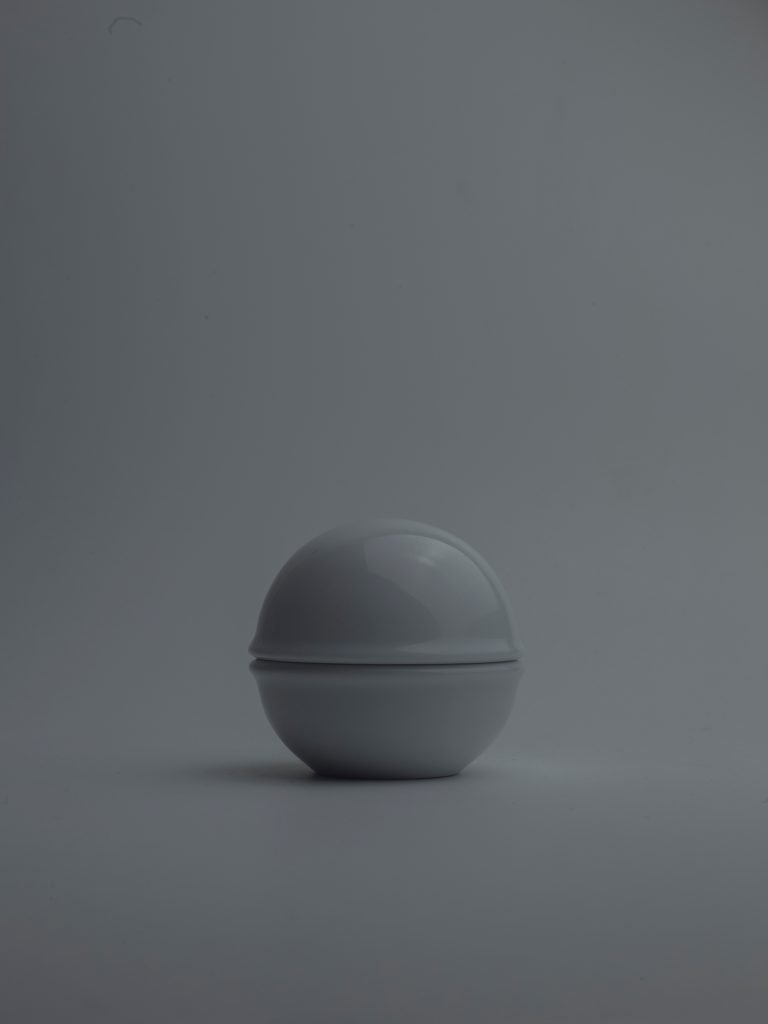


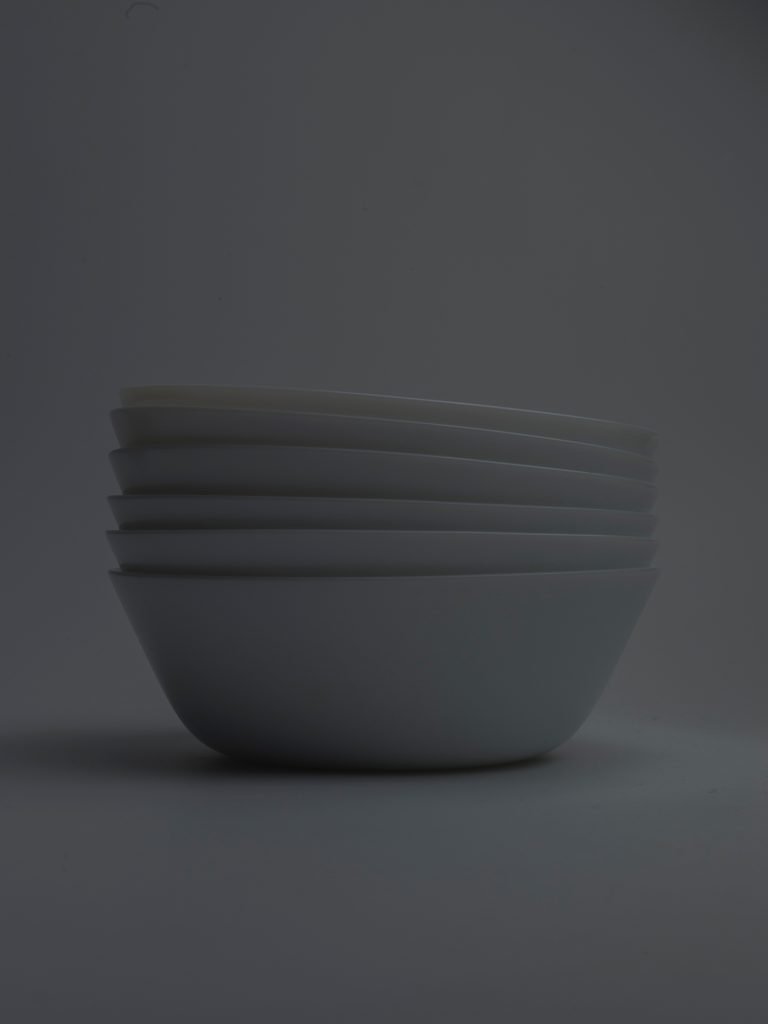
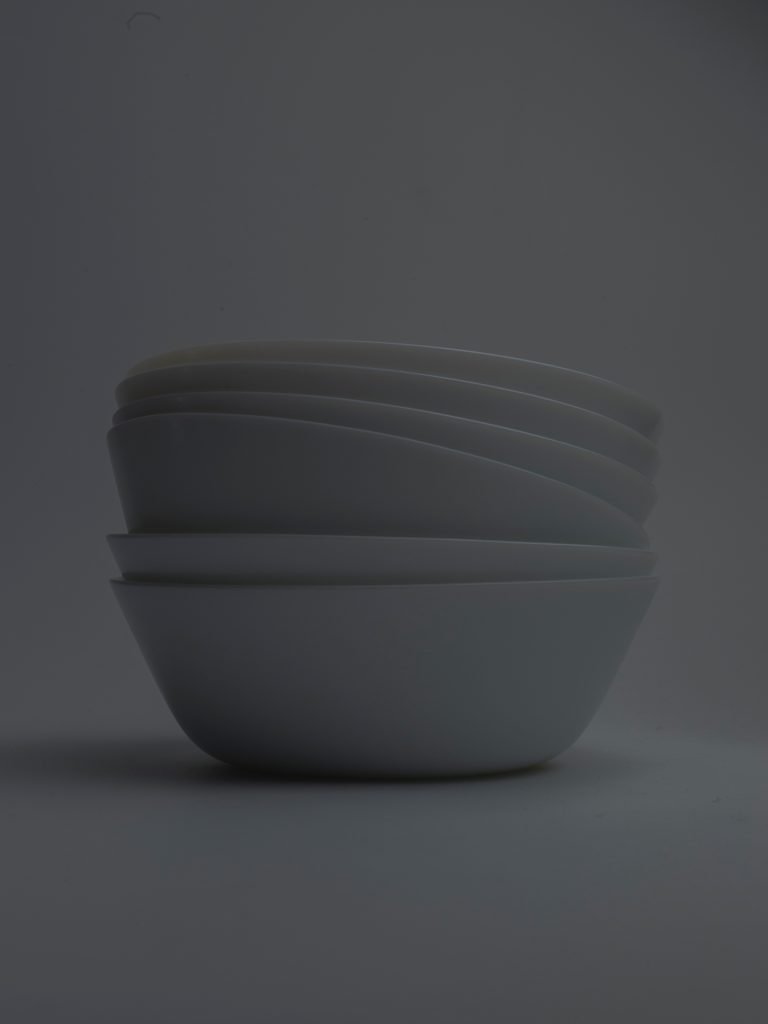
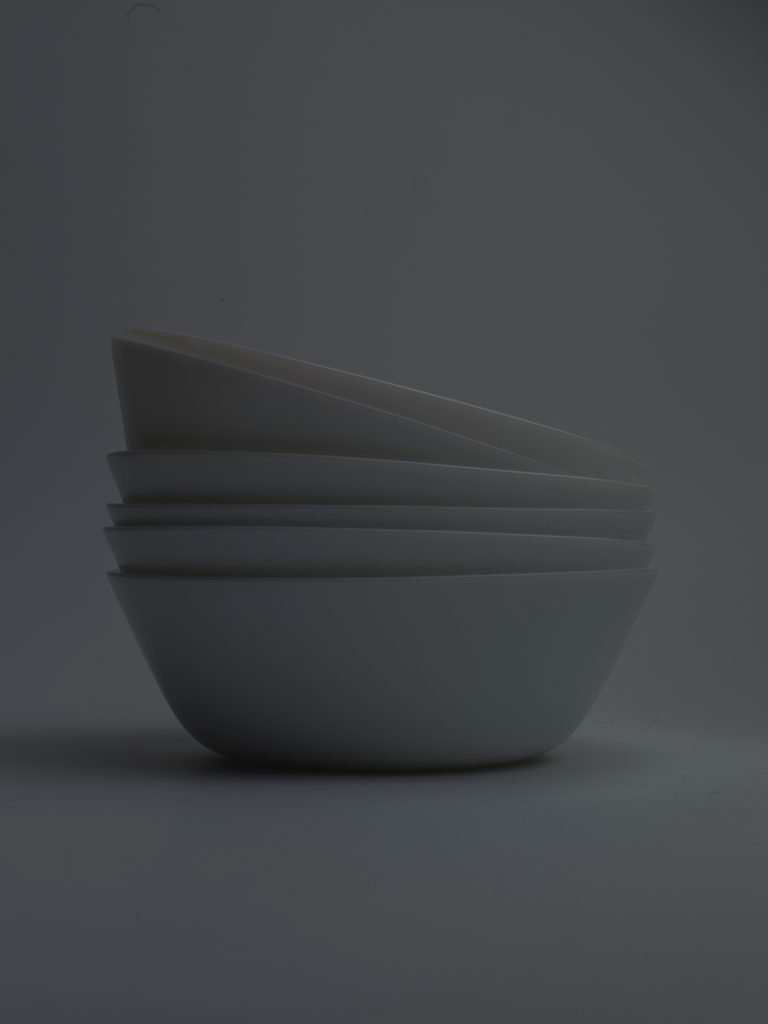
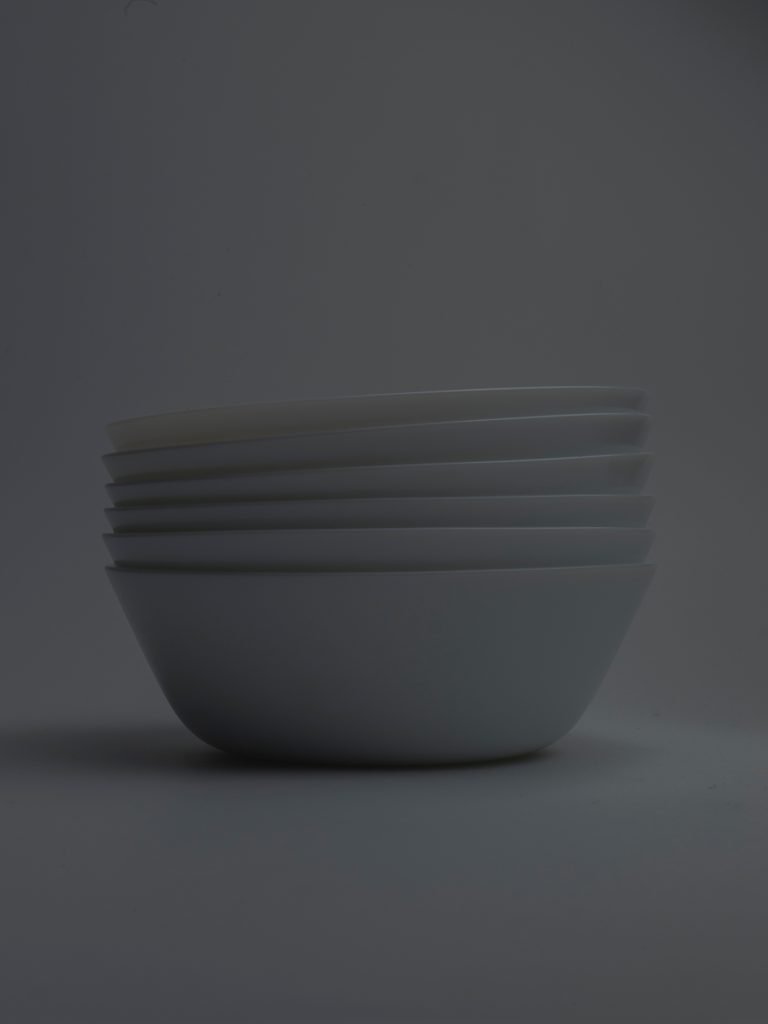



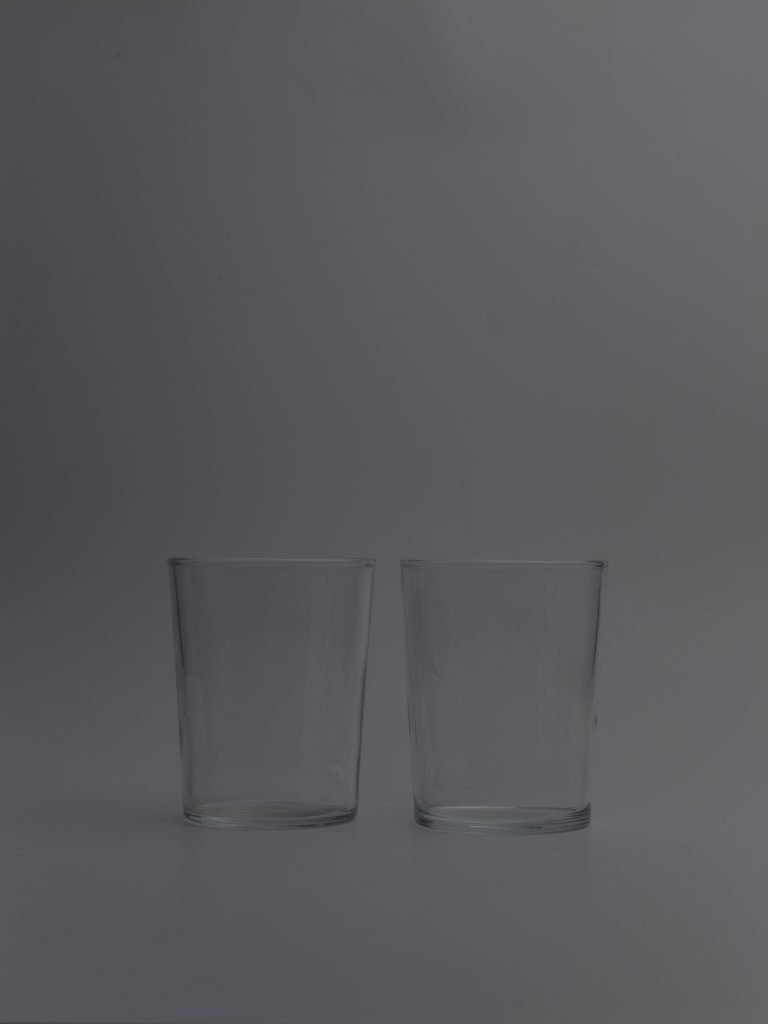

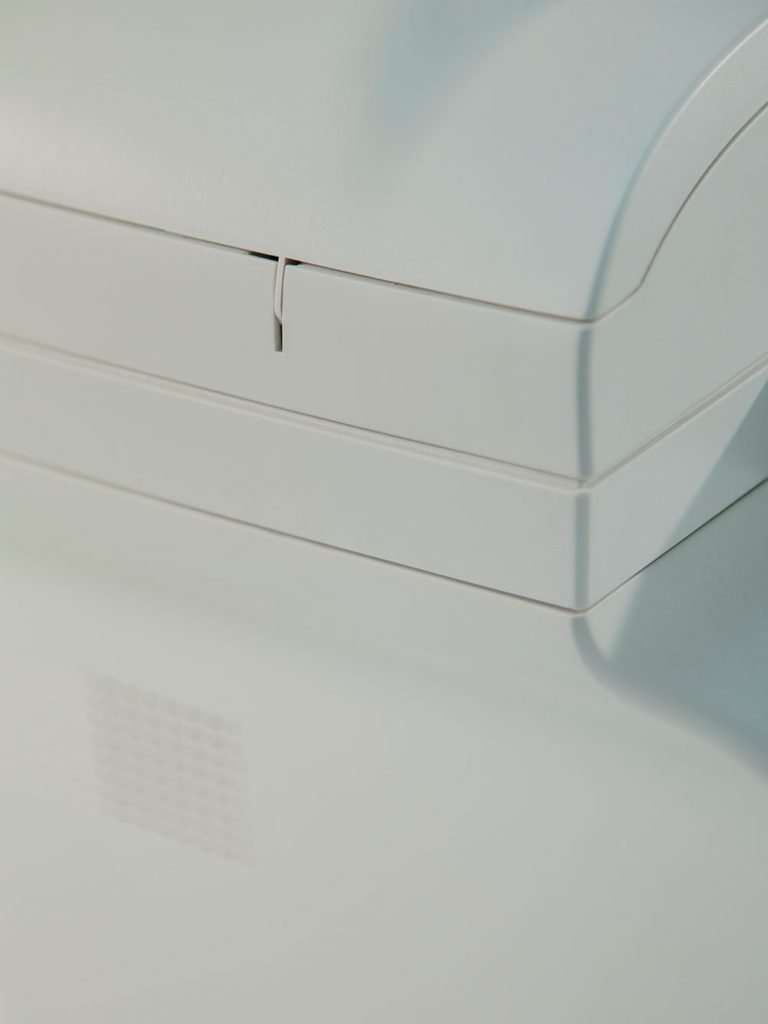
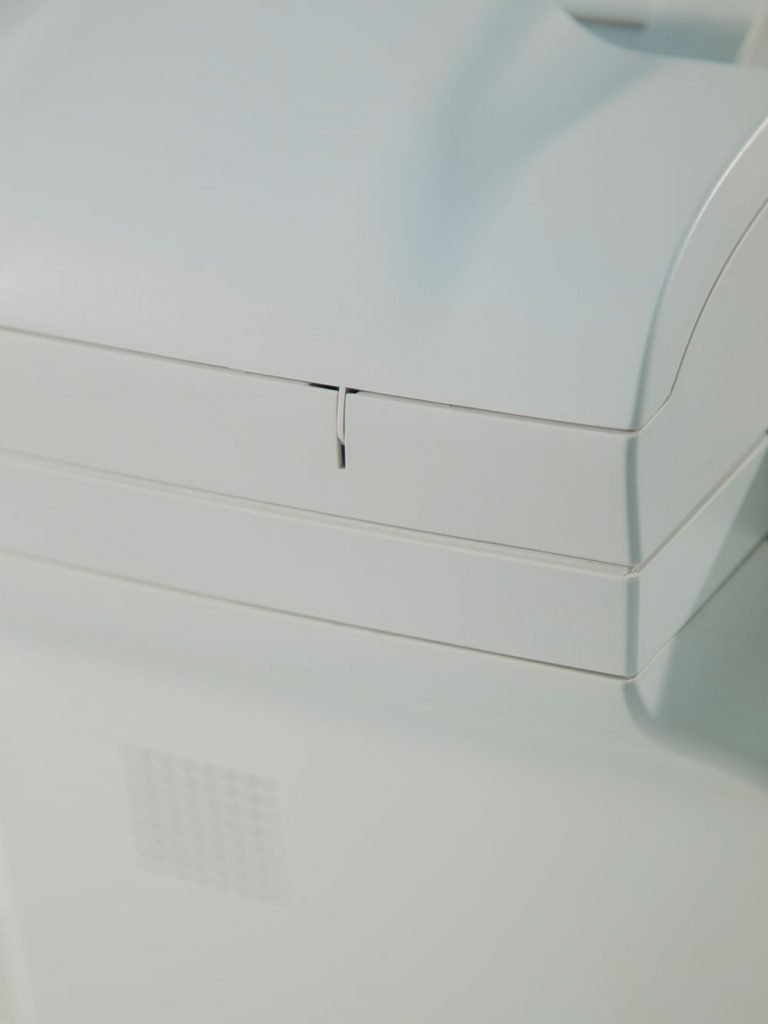
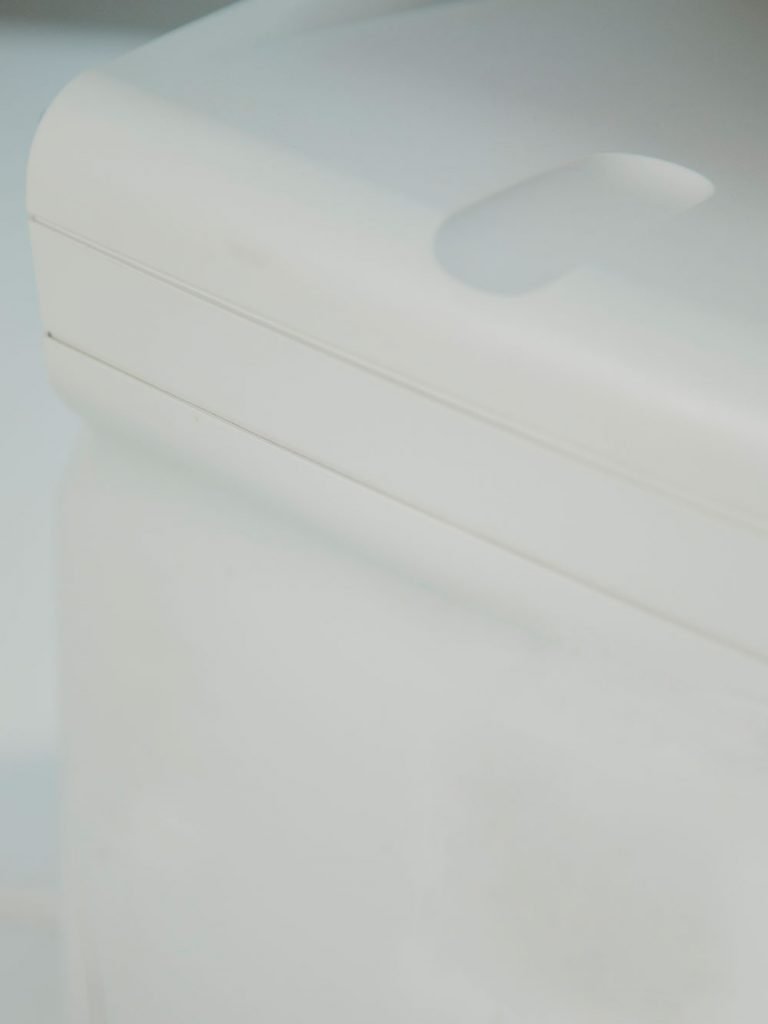



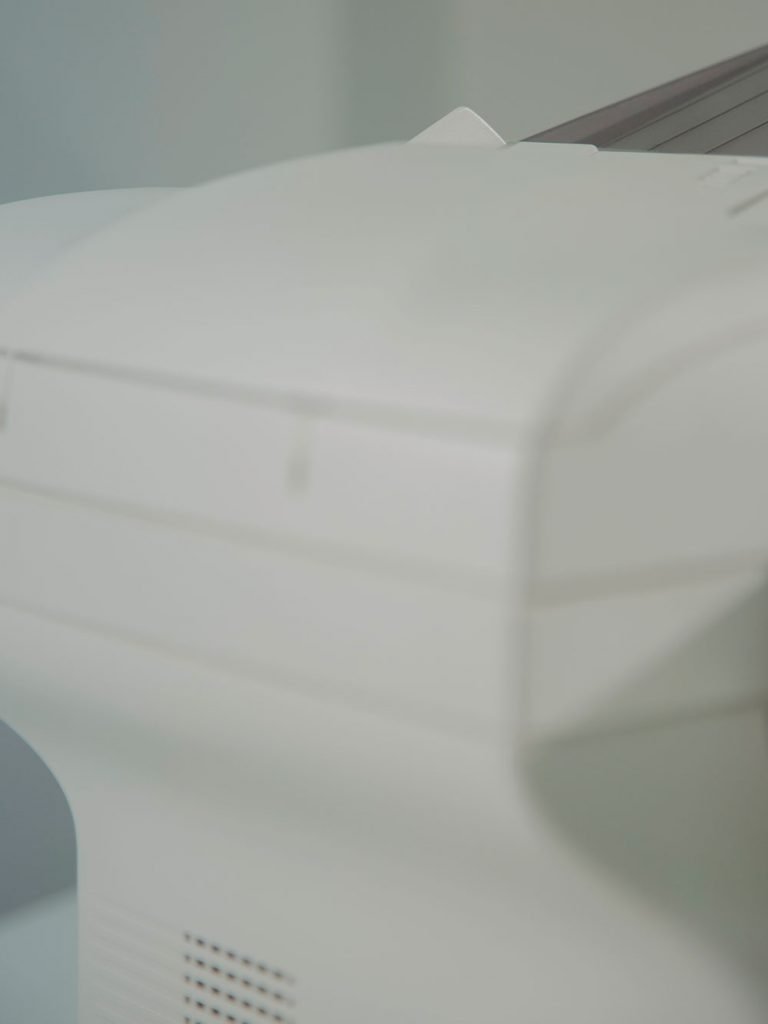
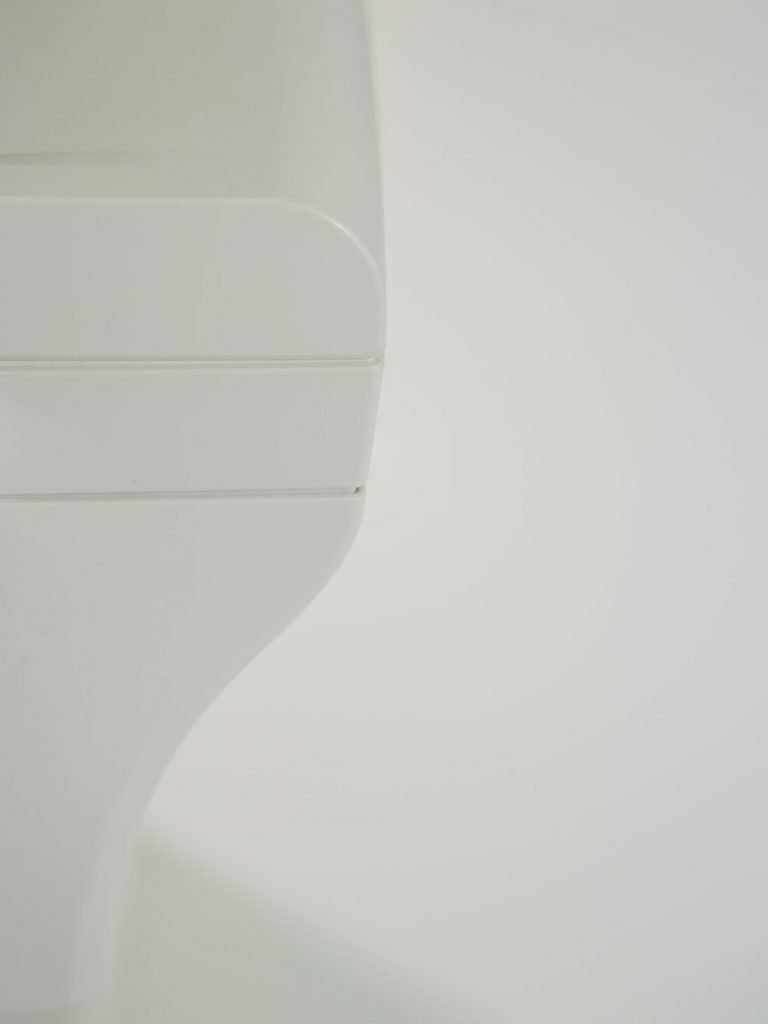
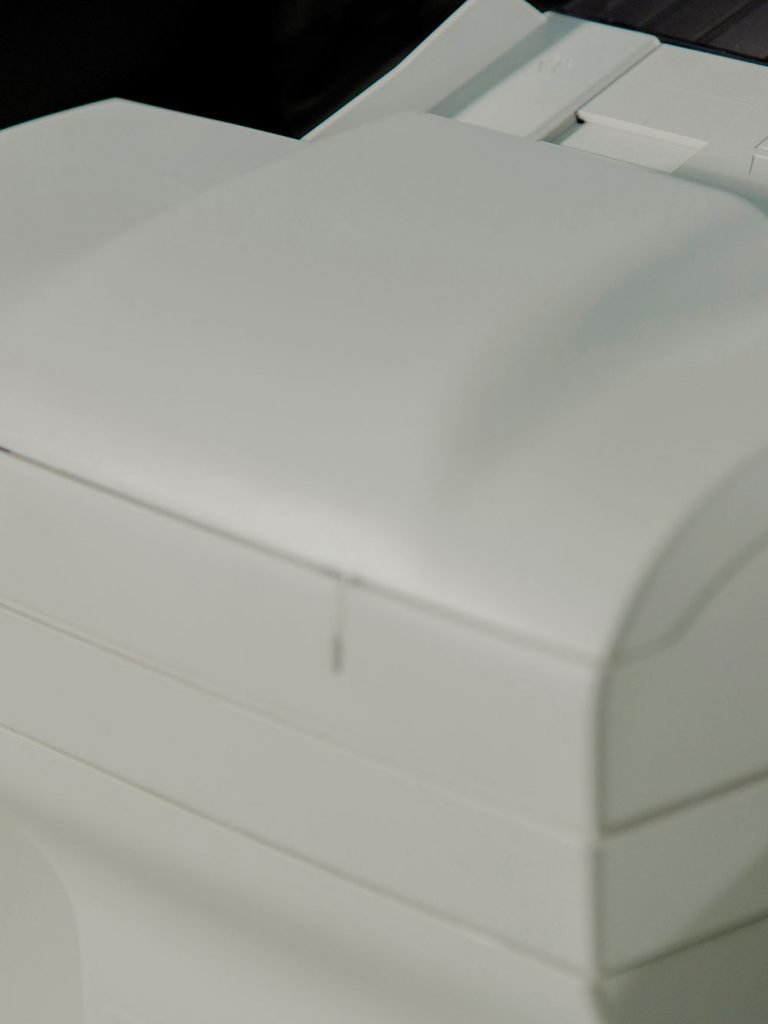
One Response